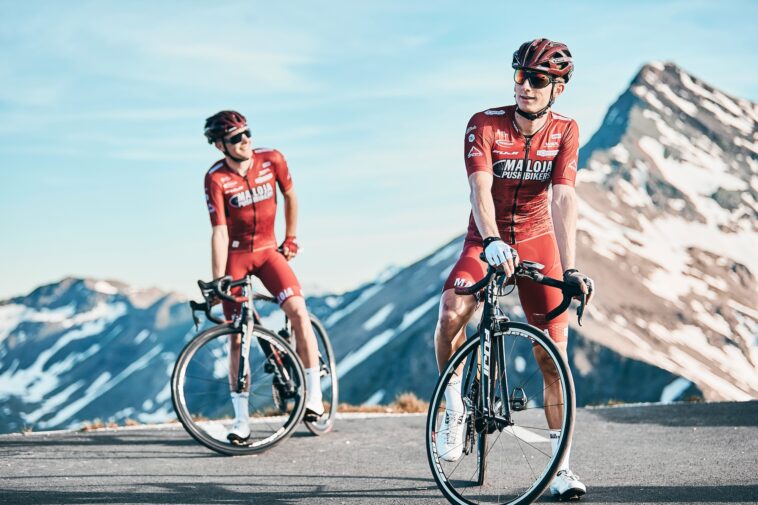Cycling, often referred to as bicycling or biking, is a multifaceted activity that encompasses the utilization of bicycles for various purposes including transportation, leisure, and sports. Individuals who participate in cycling are commonly known as cyclists or bicyclists. However, cycling is not limited to the traditional two-wheeled bicycle; it also encompasses the use of unicycles, tricycles, quadracycles, and a range of other human-powered vehicles (HPVs).
Historical Context of Bicycles
The inception of bicycles dates back to the 19th century, marking a significant revolution in personal transport. Over the years, bicycles have proliferated globally, with their numbers reaching approximately one billion. This staggering figure underscores their importance, especially in numerous regions where they stand as the primary mode of transportation.
Types of Bicycles
- Road Bicycles: Designed for speed on paved roads, characterized by their lightweight frames and thin tires.
- Mountain Bicycles: Built for off-road cycling, these bikes feature robust frames and tires with significant tread.
- Hybrid Bicycles: Combining features of road and mountain bikes, hybrids are versatile for different terrains.
- BMX Bicycles: Short for Bicycle Motocross, these are used for racing and stunt riding.
- Touring Bicycles: Specifically designed for long-distance travel, equipped with gear and accessory mounts.
- Folding Bicycles: Known for their portability, these bikes can be easily folded for transport and storage.
Health and Environmental Benefits
Cycling is not only a practical means of transportation but also offers numerous health and environmental benefits.
- Physical Fitness: Regular cycling improves cardiovascular health, muscle strength, and overall physical fitness.
- Mental Health: It’s known to reduce stress and improve mental well-being.
- Eco-Friendly: As a non-polluting mode of transport, cycling significantly reduces carbon footprint.
Cycling in Urban and Rural Areas
The role of bicycles differs between urban and rural settings.
- In urban areas, bicycles offer a solution to traffic congestion and parking issues.
- In rural regions, they are essential for covering distances where public transport is sparse.
Cycling Infrastructure
The development of cycling infrastructure like bike lanes, trails, and parking facilities is crucial in promoting safety and convenience for cyclists. Many cities around the world have invested in such infrastructure to encourage bicycle commuting.
Safety Considerations
Safety is a paramount concern in cycling.
- Wearing Helmets: Essential for protecting against head injuries.
- Visibility: Using reflective gear and lights, especially at night.
- Traffic Rules: Understanding and following local traffic laws is vital for safety.
Cycling Competitions and Events
Cycling also boasts a competitive aspect, with numerous events and competitions held globally.
- Tour de France: One of the most prestigious road cycling races.
- Mountain Biking Championships: Events focusing on off-road cycling skills.
- Olympic Games: Cycling has been a part of the Olympics since the early 20th century.
The Social Aspect of Cycling
Cycling clubs and group rides foster a sense of community among enthusiasts. These gatherings often serve as platforms for sharing knowledge, experiences, and fostering camaraderie.
The Future of Cycling
Advancements in technology, such as electric bicycles (e-bikes), are shaping the future of cycling. E-bikes are gaining popularity for their ability to assist riders, making cycling accessible to a broader demographic.
Cycling stands as a versatile, eco-friendly, and health-promoting activity. Its rich history, diverse types, and global significance make it more than just a mode of transportation; it’s a lifestyle embraced by millions around the world. With ongoing advancements and growing awareness about its benefits, cycling’s popularity is poised to grow even further, contributing significantly to sustainable urban and rural mobility.





